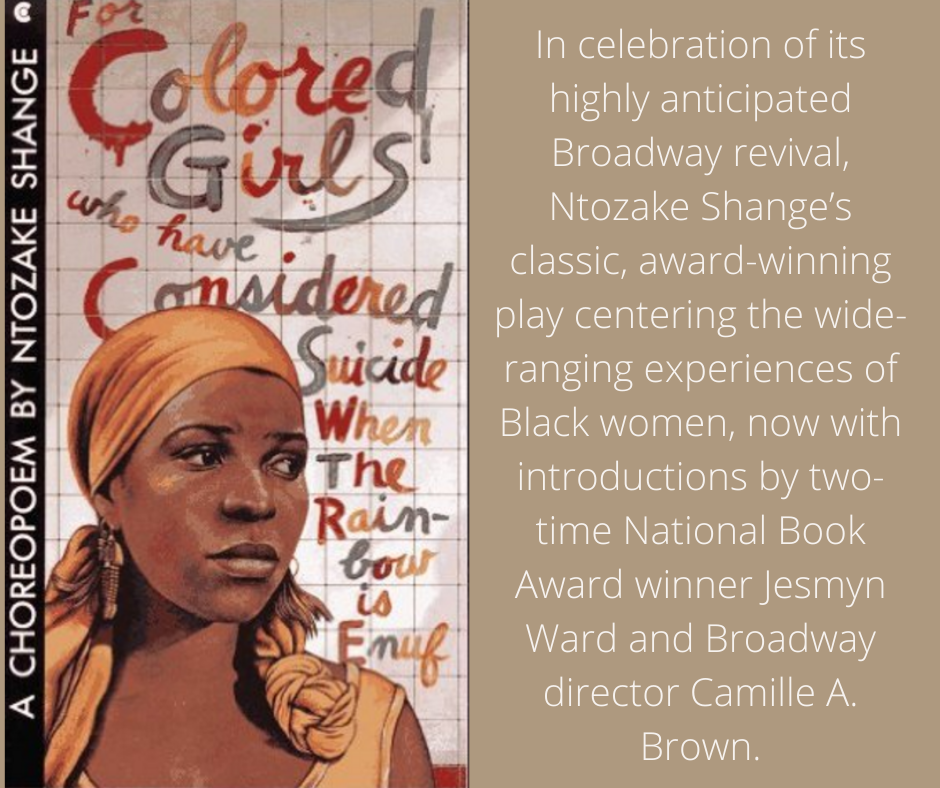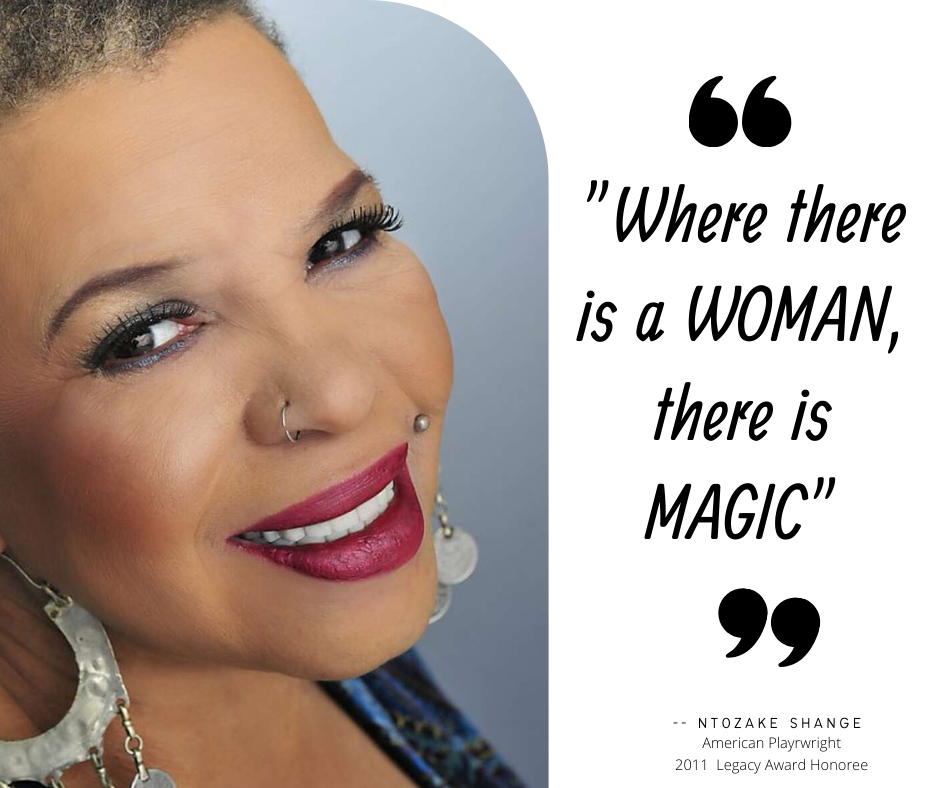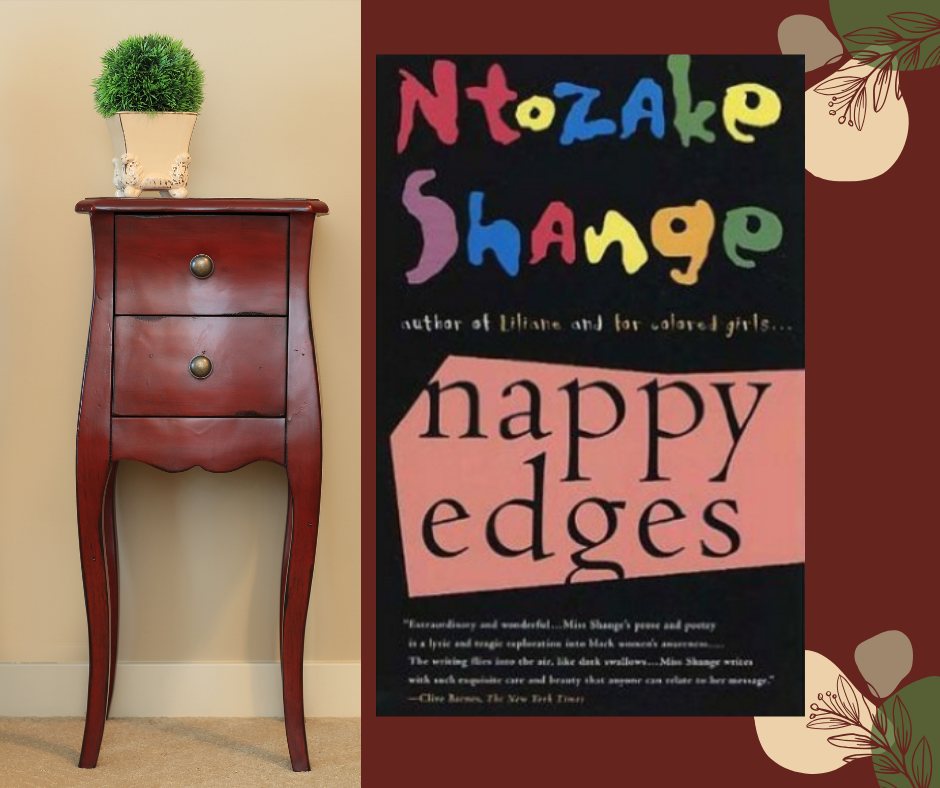5 Most Thought-Provoking Ntozake Shange Books and Plays
Ntozake Shange is a poet, playwright, writer, and performance artist who has won numerous awards. The work of Ntozake Shange has been widely anthologized and performed around the world. Her revolutionary work, which is focused on modern black women’s experiences, has solidified her status as a major American feminist and literary personality.
Shange has authored numerous essays regarding the experiences of various racial and ethnic groups, as well as offering her ideas on art, feminism, and music, to complement her triumphs in playwriting, poetry, and novels. She’s also the author of four children’s novels.
Now, I have listed here the most renowned works of Ntozake Shange that you should give time to read and ponder.
1. For colored girls who have considered suicide, when the rainbow is enuf : a choreopoem by Ntozake Shange( Book )
Ntozake Shange’s earliest and most acclaimed theater play, for colored females who have considered suicide / when the rainbow is enuf, opened in 1976. It consists of a sequence of literary monologues complemented with dancing and music, a genre Shange dubbed the choreopoem. relates the experiences of seven women who have been oppressed in a racist and sexist culture. It has 90 editions published between 1975 and 2014 in 3 languages.
This is a work inspired by Shange’s personal experiences. Shange has admitted to attempting suicide four times in public. She explained how she came up with the title of her choreopoem in a phone interview with CNN: “I was driving the No. 1 Highway in northern California and I was overcome by the appearance of two parallel rainbows. I had a feeling of near death or near catastrophe. Then I drove through the rainbow and I went away. Then I put that together to form the title.”
Shange also notes that she chose the word “colored” in the title of her choreopoem to make her choreopoem more inclusive.
2. Betsey Brown : a novel by Ntozake Shange( Book )
The narrative of Betsey Brown, a thirteen-year-old colored girl caught between childhood and adulthood. Set in St. Louis’ colored community in 1959, the year that school integration wreaked havoc on everyone’s lives, the story follows the pressure paths formed throughout black families by not only the racial prejudice and trial integration, but also by class division and cultural estrangement within the black community.



